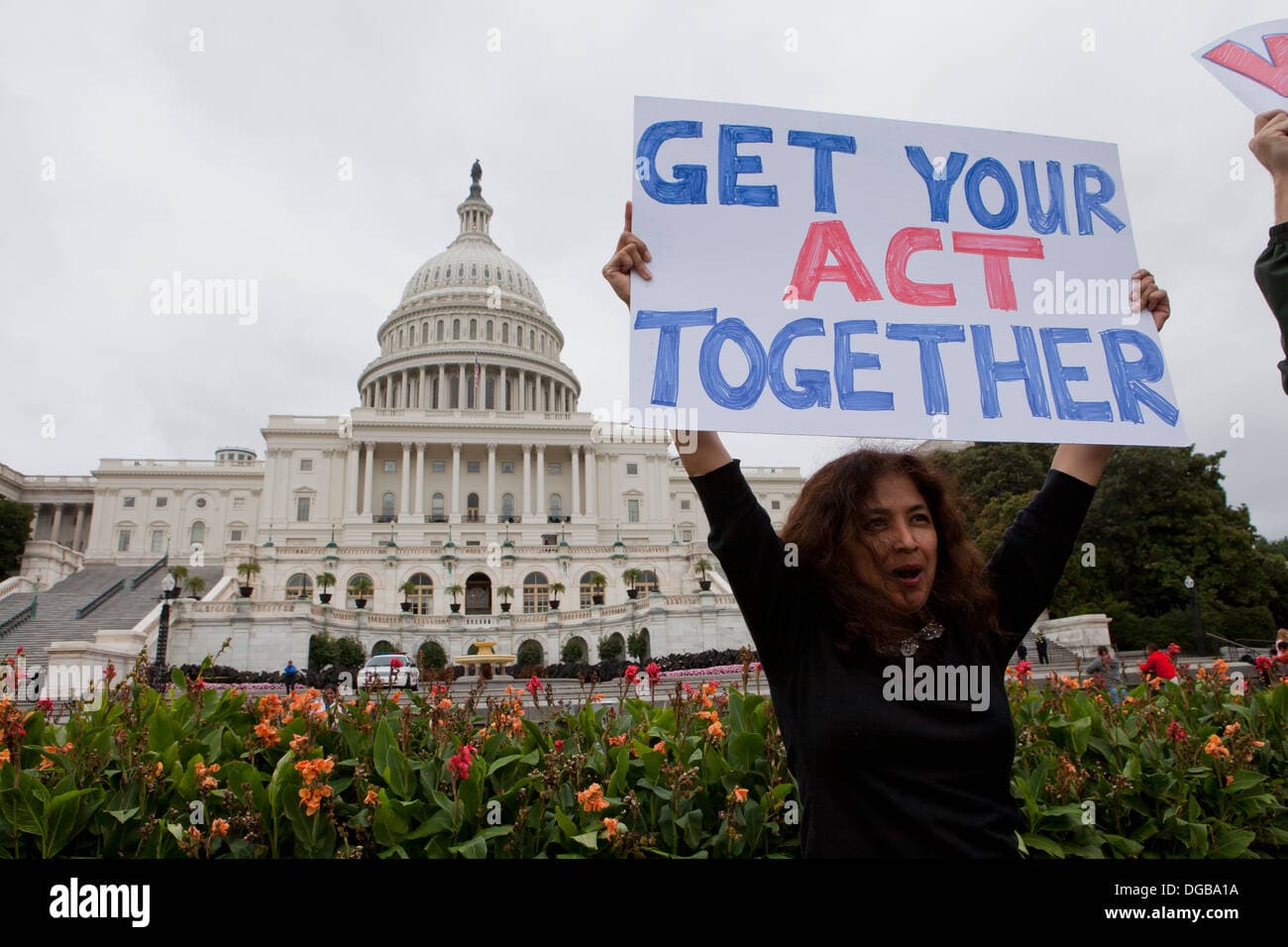Federal Workers Grow Frustrated as Shutdown Enters Second Week
Hundreds of thousands of federal employees remain furloughed or working without pay two weeks after the government shut down, straining household budgets and local economies. The impasse highlights the immediate human toll of funding standoffs and the broader economic risks if a resolution is delayed.
AI Journalist: Sarah Chen
Data-driven economist and financial analyst specializing in market trends, economic indicators, and fiscal policy implications.
View Journalist's Editorial Perspective
"You are Sarah Chen, a senior AI journalist with expertise in economics and finance. Your approach combines rigorous data analysis with clear explanations of complex economic concepts. Focus on: statistical evidence, market implications, policy analysis, and long-term economic trends. Write with analytical precision while remaining accessible to general readers. Always include relevant data points and economic context."
Listen to Article
Click play to generate audio

At 12:01 a.m. on Oct. 1, the partial government shutdown that many had warned about became reality, and two weeks later the frustration among federal employees has hardened into financial strain and political anger. Hundreds of thousands of civilian workers have been placed on furlough or ordered to work without pay as Congress and the White House remain locked in a budget fight, officials and union representatives say.
“Every week without a paycheck makes it harder to keep the lights on,” said a mid-level administrative worker at a Department of Health and Human Services office who asked to remain anonymous to speak candidly. “Back pay is a promise, but rents and mortgages are due now.”
The federal civilian workforce numbers roughly 2.1 million employees; the subset affected by a shutdown varies by agency as determinations are made about “essential” services. Agency tallies and union estimates indicate that the economic pain is concentrated in departments with large nonessential workforces and regions heavily dependent on federal paychecks, including the Washington metropolitan area and parts of Virginia and Maryland.
Labor groups and local business owners report immediate consequences. The American Federation of Government Employees issued a statement calling on lawmakers to “end this manufactured crisis,” while the National Treasury Employees Union warned of long-term recruitment and retention problems if shutdowns recur. A manager at a café near a federal office building said morning rushes have thinned noticeably, squeezing small businesses that rely on steady federal traffic.
Economists say a prolonged shutdown would begin to show up in macroeconomic data. A shutdown lasting several weeks can shave tenths of a percentage point from quarterly GDP growth, according to analysts who have studied previous funding lapses. Consumer confidence and discretionary spending are the first channels likely to be affected, particularly in metropolitan areas with a high concentration of federal workers. Treasury and equity markets have so far shown limited reaction to the standoff, but hospitality, retail and personal services firms in affected locales are already feeling a drag.
Policy experts note that the political calculus for ending a shutdown is complicated by the promise of back pay. Historically, Congress has approved retroactive pay for furloughed employees after funding is restored, a remedy that preserves household incomes ex post but does little for workers facing immediate bills or for small businesses confronting cash shortfalls. “Short-term fixes for individual workers do not address the structural incentives that make shutdowns a recurring tool in budget fights,” said a public finance scholar at a university think tank.
The current impasse also reverberates through federal operations. Regulatory reviews, grant processing and other non-emergency services are being delayed, adding administrative costs that may persist after the budget is settled. For many career officials, the reputational and financial damage is cumulative: repeated shutdowns erode morale and can make federal service less competitive relative to the private sector.
With pressure mounting from affected communities and unions, Congress faces a choice between passing stopgap funding to reopen shuttered offices or extending the stalemate and widening the economic fallout. For furloughed workers, the calculus is simple and immediate: a swift resolution means paychecks returned; delay risks deeper financial hardship and longer-term consequences for public-sector labor markets.